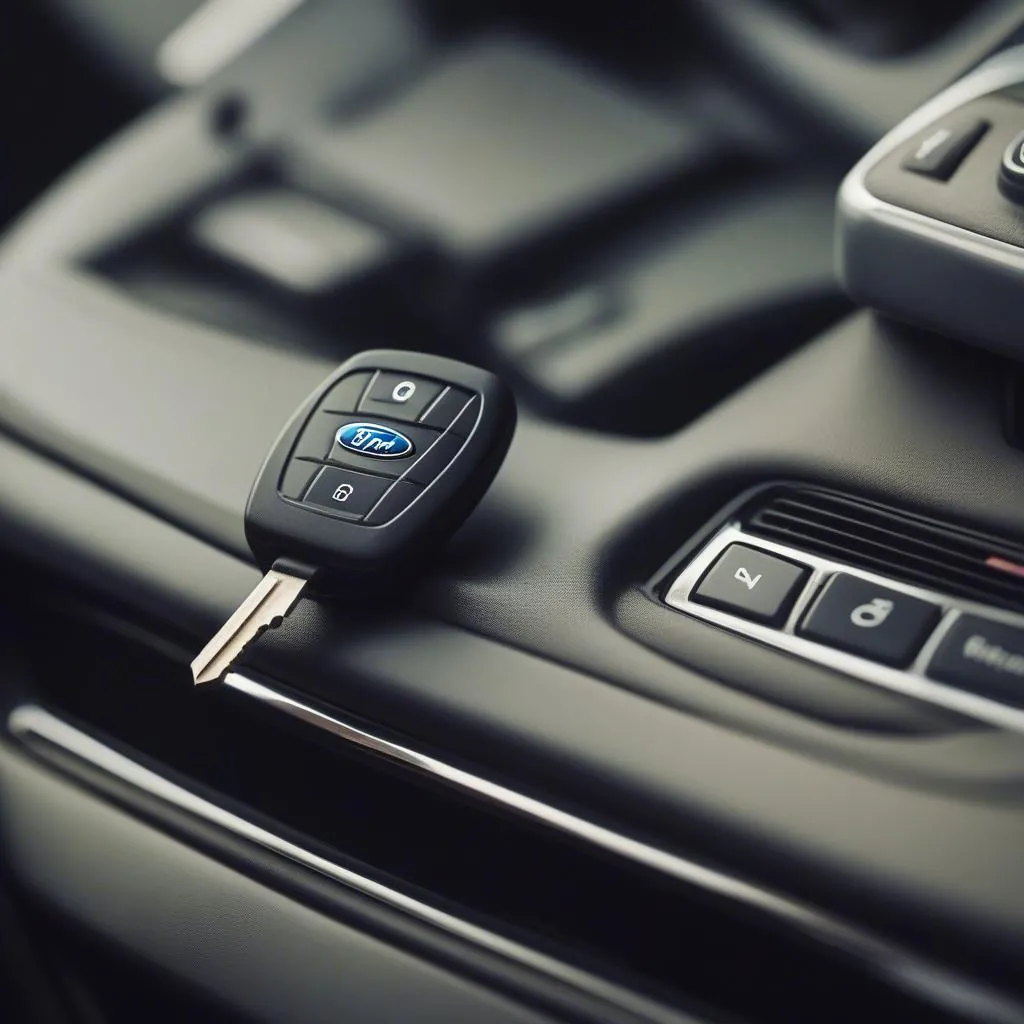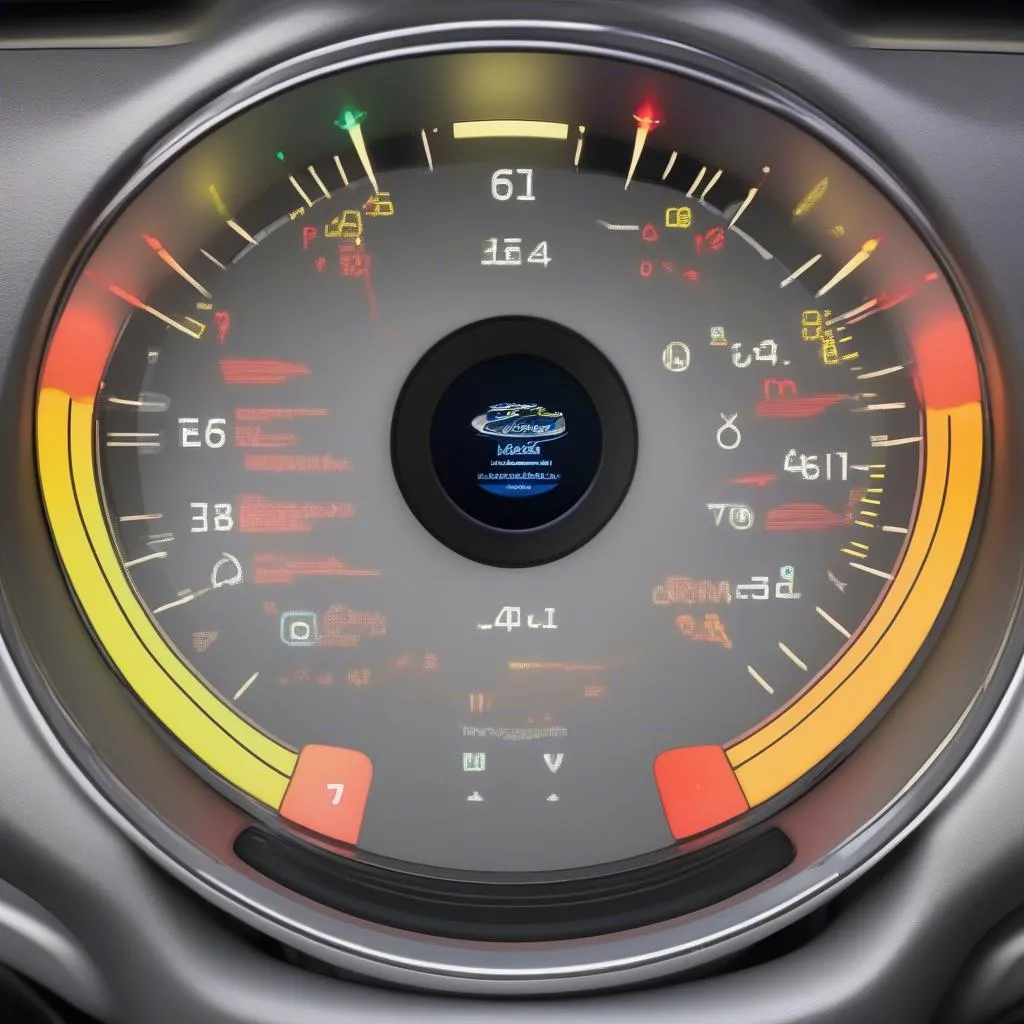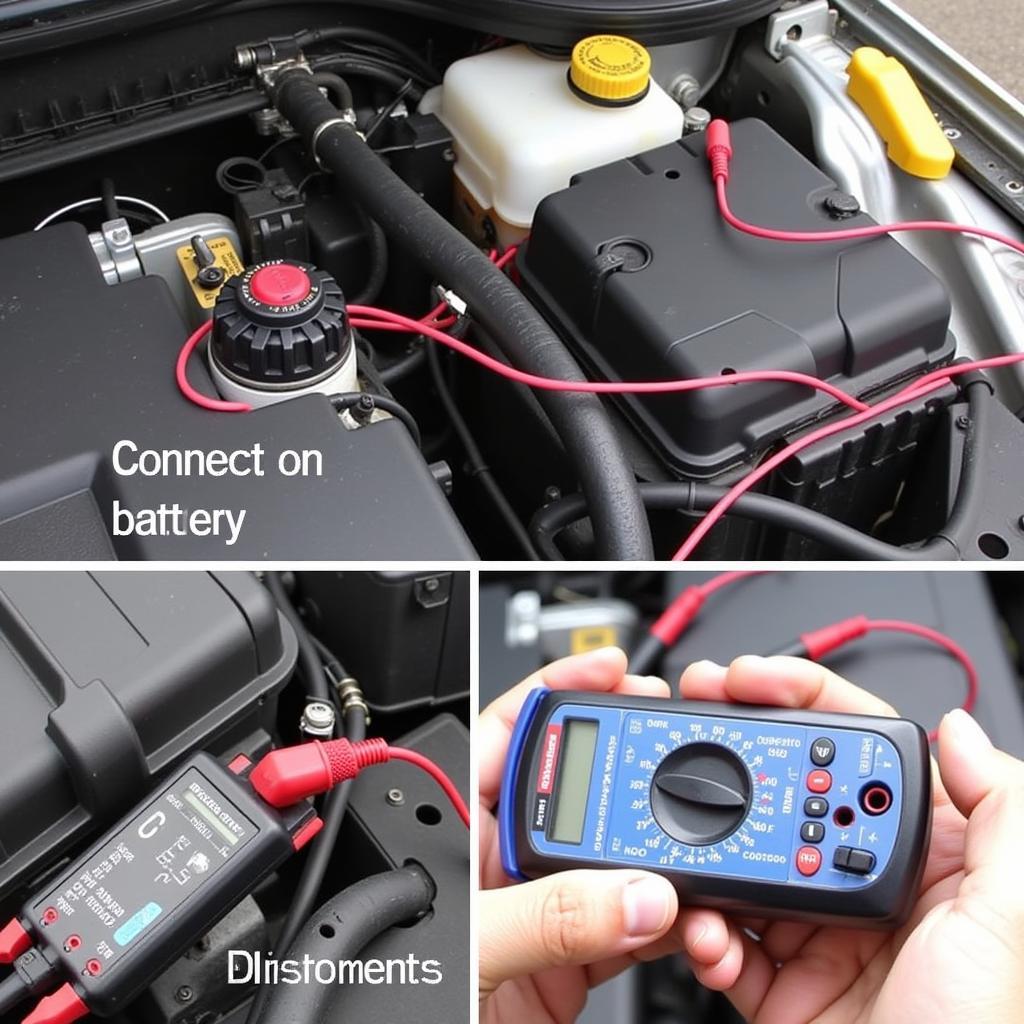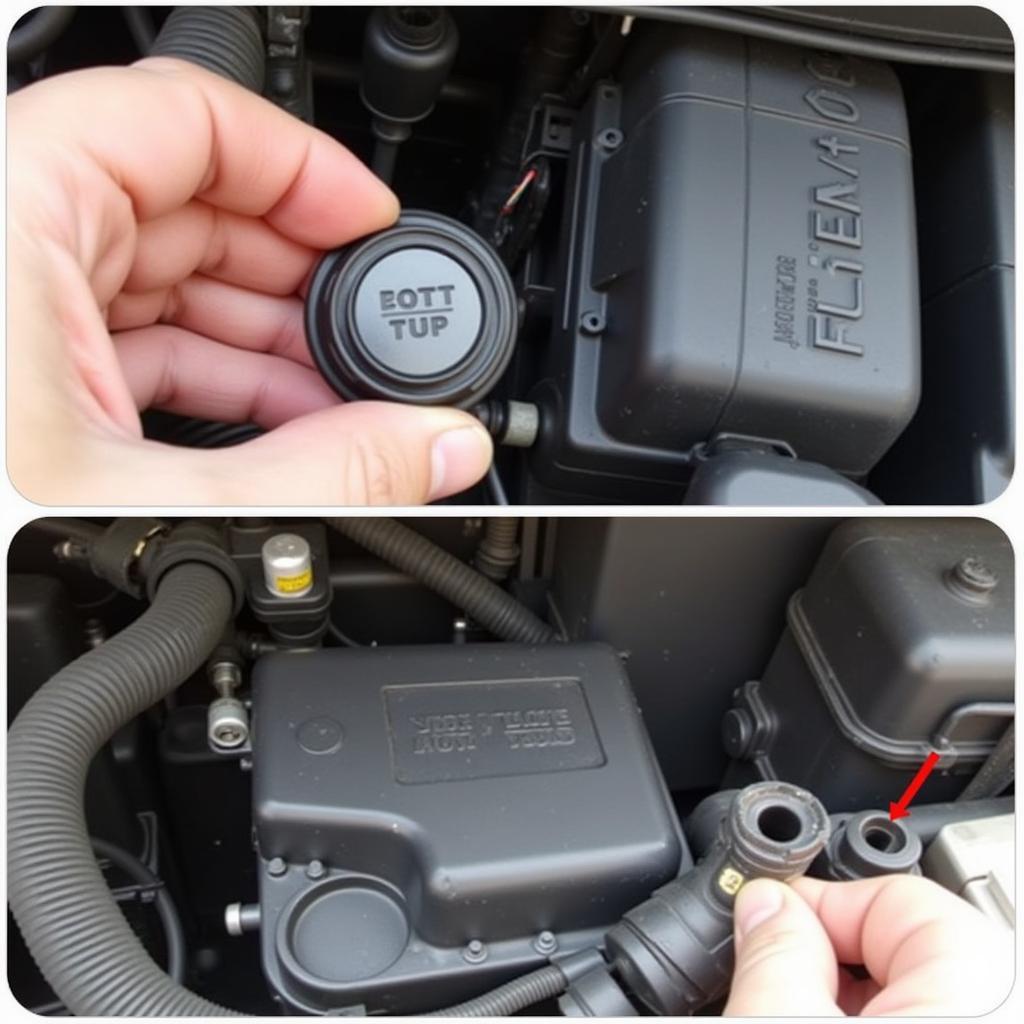Experiencing issues with your Ford Escape’s anti-theft system can be incredibly frustrating, especially when it prevents you from starting your vehicle. This comprehensive guide will walk you through the potential causes, symptoms, and solutions to help you regain control and get back on the road.
Understanding Your Ford Escape Anti-Theft System
The anti-theft system in your Ford Escape is designed to deter theft by preventing the engine from starting without the correct key or key fob present. When the system detects an issue or a potential threat, it can engage a variety of security measures that may prevent you from starting your car.
Common Causes of Anti-Theft System Issues
Before we delve into the solutions, it’s essential to understand the common culprits behind these frustrating anti-theft system problems:
- Weak Battery in Key Fob: A low battery in your key fob can disrupt the signal between the key and the vehicle’s immobilizer system, leading to anti-theft activation.
- Faulty Key Fob: Over time, the buttons or internal components of your key fob can wear out or become damaged, hindering its ability to communicate with your Ford Escape.
- Issues with the Immobilizer System: The immobilizer system itself, which includes components like the receiver and the engine control unit (ECU), can experience malfunctions that trigger anti-theft responses.
- Wiring Problems: Damaged or corroded wiring connected to the anti-theft system can disrupt communication pathways, leading to system errors.
Recognizing the Symptoms
Identifying the signs of a triggered anti-theft system is crucial for effective troubleshooting. Keep an eye out for these common indicators:
- Rapidly Flashing Security Light: A rapidly blinking security light on your dashboard is a telltale sign that the anti-theft system is engaged.
- Engine Cranks but Won’t Start: If your engine cranks but refuses to start, it could be a clear indication that the immobilizer system is preventing ignition due to a perceived threat.
- Clicking Sounds When Starting: Unusual clicking noises during your starting attempts could suggest an issue with the starter motor, potentially related to the anti-theft system.
Equipment for Troubleshooting
To effectively diagnose and address anti-theft system problems in your Ford Escape, consider these helpful tools:
- Spare Key Fob: Always have a spare, programmed key fob on hand.
- Battery Tester: Check the voltage of your key fob battery to rule out a weak power source.
- Code Reader: A code reader can help retrieve diagnostic trouble codes stored in your Ford Escape’s computer, providing valuable insights into the specific issue.
How to Turn Off the Anti-Theft System
The methods for disabling the anti-theft system on a Ford Escape can vary depending on the specific year and model. Here are some general steps and common techniques you can try:
1. Check Your Key Fob Battery
Begin by replacing the battery in your key fob. Even if it’s not completely dead, a weak battery can cause communication issues.
2. Use the Key to Lock and Unlock the Driver’s Side Door
Insert your key into the driver’s side door lock and manually lock and unlock it several times. This process can help to resynchronize the key with the vehicle’s anti-theft system.
3. Leave the Key in the Ignition in the “ON” Position
Try leaving your key in the ignition and turning it to the “ON” position for 10-15 minutes. This allows the system to recognize your key and potentially reset itself.
4. Consult Your Owner’s Manual
Refer to your Ford Escape’s owner’s manual for model-specific instructions on resetting the anti-theft system. It often outlines specific procedures for your vehicle.
5. Professional Diagnosis and Assistance
If the issue persists after attempting these steps, it’s crucial to seek professional help. A qualified automotive locksmith or a trusted mechanic specializing in Ford vehicles can utilize advanced diagnostic tools, such as those offered by Cardiagtech, to identify the root cause of the problem and perform the necessary repairs.
 Ford Escape Key Fob
Ford Escape Key Fob
FAQs: Ford Escape Anti-Theft System
Q: Can I permanently disable the anti-theft system on my Ford Escape?
A: While it is technically possible to disable the anti-theft system, it is not recommended. Doing so would make your vehicle more vulnerable to theft. If you’re experiencing persistent problems, it’s always best to seek a professional diagnosis and repair to address the underlying issues while maintaining your vehicle’s security.
Q: How much does it cost to fix an anti-theft system problem in a Ford Escape?
A: The cost of repair can vary depending on the specific problem, labor costs in your area, and the availability of parts. It’s advisable to obtain quotes from reputable mechanics or automotive locksmiths specializing in Ford vehicles to get an accurate estimate.
Q: Can a faulty battery cause the anti-theft system to engage?
A: Yes, a weak or failing vehicle battery can sometimes lead to electrical issues that trigger the anti-theft system. Ensure your battery is in good condition and fully charged.
 Ford Escape Dashboard With Warning Lights
Ford Escape Dashboard With Warning Lights
Need Expert Help with Your Ford Escape’s Anti-Theft System?
Experiencing persistent anti-theft system troubles with your Ford Escape? Don’t hesitate to reach out to the experts at Cardiagtech! We offer a range of cutting-edge diagnostic tools and software solutions designed to pinpoint and resolve complex automotive issues. Contact us today for expert assistance and get back on the road with confidence.



